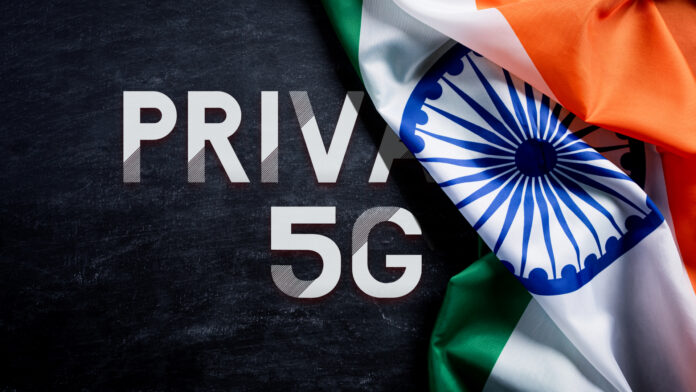Few Indian enterprises responded to the government’s private 5G spectrum survey, undermining direct-access plans and strengthening mobile operators’ control. Vendor hopes for India to be the next big private 5G market may just have been dashed.
In sum – what to know:
Interest – very few enterprises showed interest in India’s private 5G spectrum survey, weakening the case for direct enterprise licensing.
Control – mobile operators argue against direct access, citing costs and other challenges, while showing select projects work.
Intervention – without regulatory intervention, spectrum leasing will remain biased toward operators, limiting enterprise adoption.
Only “a few” enterprises responded to the Indian government’s ‘demand survey’ to assess interest in private 5G spectrum, it turns out. Indian English-language business publication The Economic Times cited “people aware of the details”, saying “just a few [showed] interest”; it called the whole affair a “damp squib”. Such an enterprise no-show will hurt efforts to convince the regulator to make spectrum directly available to enterprises, and the broader supplier ecosystem’s hopes to make India the next big private 5G market. As it is, mobile operators hold all the cards.
If so, it seems likely the kind of resigned cynicism about the consultation from certain vendor parties, as laid out in a recent RCR Wireless report, is justified. The Indian department of telecommunications (DoT) invited large enterprises to have their say on private spectrum last month – to inform its decision whether to carve-up a tranche of mid-band frequency for enterprises to licence from the regulator (on 10-year terms , for a one-time processing fee of ₹50,000; about $500), separately of the big mobile operators for their own local usage.
Such a move would be in line with international efforts in many markets. As it stands, the only way for enterprises to set up private 5G networks – referred to in DoT documentation as ‘captive non-public networks’ (CNPNs) – is to go via established mobile operators, and appeal to them to sub-let localised tranches of their licensed spectrum. The Cellular Operators Association of India (COAI), representing the country’s big operators, issued a statement last week that enterprises should not be allowed direct access to 5G spectrum on the grounds that the country is unique.
That was the gist of it, anyway – that Industry 4.0 in India is located in urban, suburban, and exurban regions, where public (licensed) 5G coverage is also good. It said TRAI, the country’s telecom regulator, would be making a mistake to reverse the de facto carrier-only model for private 5G access because of higher costs and operational challenges for enterprises, spectrum interference risks and spectrum revenue losses for the government, and because of unfair competition and security concerns besides.
Arguably, there has been evidence of more spirited activity by mobile network operators (MNOs) to provide spectrum (plus integration services) to enterprises in recent weeks. BSNL, for instance, has announced projects with Numaligarh Refinery Limited, a division of state-owned Oil India Limited, and Coal India Limited, the largest government-owned coal producer in the world. The latter has been delivered by local private cellular startup Tidal Wave, using its own kit and BSNL spectrum.
But there is a sense, as well, that they are doing just enough to show the MNO-model works.
James Moar, principle analyst at Kaleido Intelligence, made a good point in response to someone else’s post about the state of private 5G in India on social media, saying: “Private networks using MNO spectrum require a degree of regulatory encouragement, in my view. While MNO-led deployments are growing globally, there are few that are willing to sit back and just lease the spectrum without getting the more juicy prime integrator roles and associated service revenues. To ensure spectrum leasing claims aren’t just denied by the MNOs, there needs to be supportive regulator involvement in the process, regardless of the availability or not of dedicated spectrum.
“The UK model has Ofcom acting as mediator in the leasing process, which means that MNOs can’t just refuse a reasonable application if they feel like it. That may not be the case in other areas, particularly in a market like India where existing spectrum sharing arrangements are quite heavily biased towards ensuring minimal inconvenience for incumbent MNOs. While there are possibilities of a more robust role for the regulator in this process, I am a little sceptical it will actually go that way, given the extent of telecoms lobbying that is currently going on there.”

